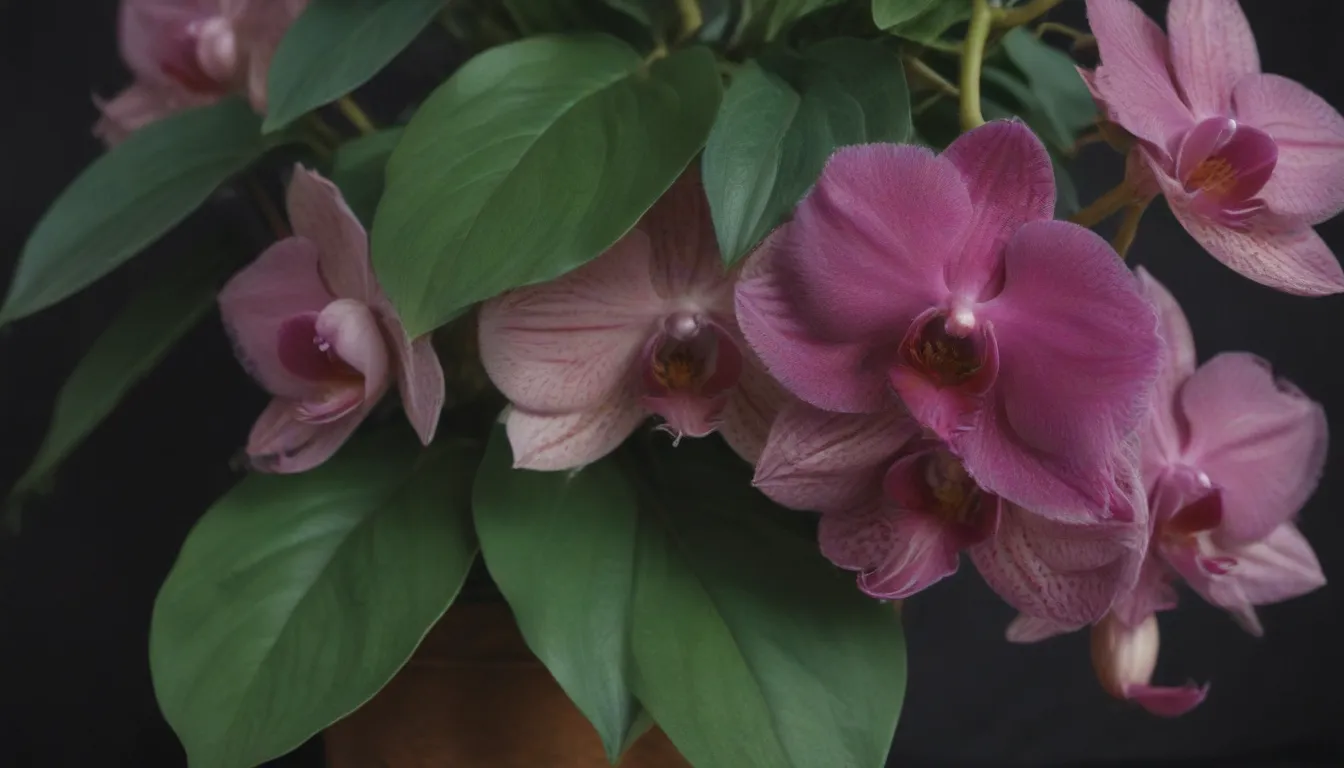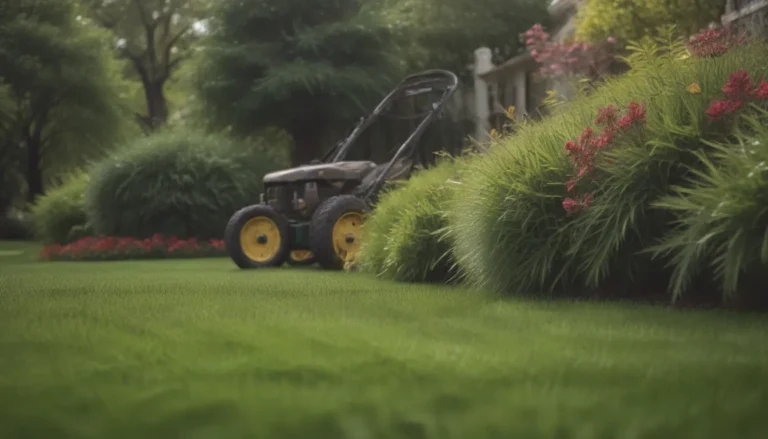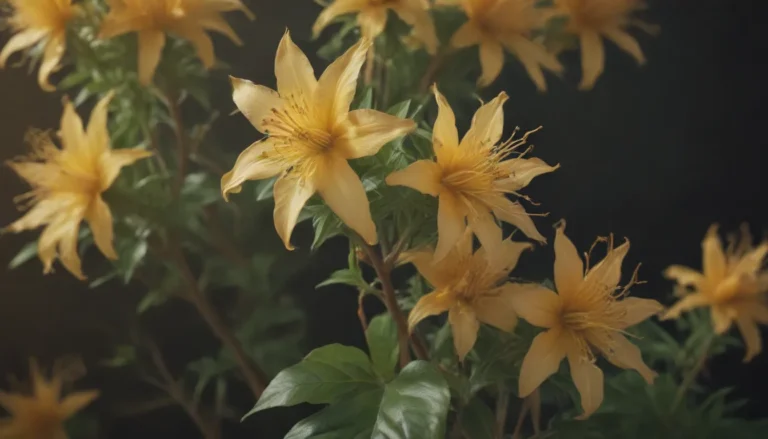The Complete Guide to Orchid Leaf Health: 11 Common Causes of Droopy Leaves and How to Fix Them

Orchids are notoriously beautiful and delicate plants that require special care to thrive. One of the key indicators of an orchid’s overall health is the condition of its leaves. While leaves may not be the most eye-catching feature of an orchid, they can provide valuable insight into the plant’s well-being. Droopy leaves are a common sign that something is amiss with your orchid, and it’s crucial to address the issue promptly. In this comprehensive guide, we will explore the 11 most common reasons why orchid leaves may droop and provide actionable steps to rectify the problem.
Overwatering:
- Inspect roots for signs of overwatering
- Healthy roots are green or silvery green and plump
- Soft, dark colored roots indicate oversaturation
- Prune damaged roots and repot in fresh, dry medium if necessary
Underwatering:
- Dark colored, shriveled roots suggest lack of moisture
- Soak the pot in water to saturate the roots
- Prune damaged roots and adjust watering frequency as needed
Watering Improperly:
- Ensure effective watering that keeps the potting mix moist but well-drained
- Drain excess water to prevent waterlogging
- Water aerial roots and avoid wetting the crown, leaves, and stems
- Consider using distilled or rainwater if tap water is heavily treated
Temperature Fluctuations:
- Maintain consistent temperatures conducive to orchid growth
- Avoid placing orchids near air vents, heat sources, or drafty windows
- Consider relocating orchids seasonally based on temperature variations
Air Circulation:
- Provide adequate air circulation to facilitate nutrient absorption
- Use fans to improve air flow without directly exposing orchids to drafts
Humidity:
- Maintain humidity levels between 40-70%
- Avoid misting directly on orchid leaves
- Use gravel trays or humidifiers to increase humidity if necessary
Air Pollutants:
- Keep orchids away from areas with high levels of ethylene
- Avoid using room sprays and cleaning agents near orchids
- Monitor air quality to prevent damage to leaves
Light Exposure:
- Ensure orchids receive indirect light to prevent sunburn
- Adjust lighting conditions to meet the specific requirements of each orchid species
- Consider adding a grow light for orchids with inadequate light exposure
Nutrition:
- Fertilize orchids regularly to promote healthy growth and blooming
- Use fertilizer specifically formulated for orchids or houseplants
- Adjust feeding frequency based on the orchid’s species and variety
Insect Pests:
- Check for signs of sap-sucking insects and treat promptly
- Isolate infested plants and use horticultural oil or soap solutions to control pests
- Remove severely damaged leaves to prevent further infestation
Orchids are indeed fascinating plants that require careful attention to thrive. By understanding the common reasons for droopy leaves and taking proactive steps to address them, you can ensure that your orchids remain healthy and vibrant. Remember that each orchid is unique, so it’s essential to observe your plant closely and tailor your care routine to its specific needs. With a little patience and diligence, your orchids will reward you with their stunning beauty and graceful presence. Happy growing!





